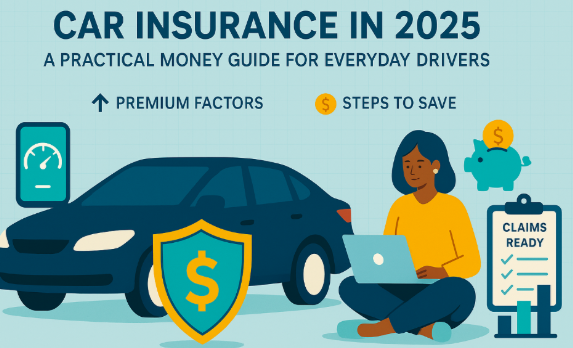Over the years, the automobile has grown from a noisy mystery to a helpful and smart friend when driving. The car industry has moved quickly and ambitiously from wood-spoked wheels to today’s seamless touchscreen dashboards. Buyers today review a car’s power and cost, as well as things like how well the vehicle connects to the internet, how autonomous it can be, and the new car finance options available.
Table of Contents
ToggleStreamlined Shapes: From Boxy to Aerodynamic
In the beginning, vehicles were built to look and work like horse-drawn carriages. Their identity was defined by stiff lines, upright profiles, and low resistance to wind. Before the mid-20th century, roadways had many sharp corners, but from that point on, curves became more common. As a result of wind tunnel testing, the industry moved toward shapes that would make cars slip through the air with less drag.
Modern Efficiency in Motion
Industrial designers now focus on combining good form with better fuel efficiency. Grille shutters, underbody shields, and the angled shape of a vehicle make electric cars consume less energy and travel farther. Today, experts pay as much attention to what is invisible as they do to what is visible.
Safety Systems That Think Ahead
Seat belts and airbags once marked the frontier of protection. Today, vehicles are packed with predictive safety systems. Cameras, sensors, and radar constantly analyse surroundings, anticipating collisions before they happen. Lane departure warnings, blind-spot monitoring, and automatic emergency braking have become increasingly common, even in budget models.
Structural Integrity and Crash Absorption
Beyond tech, car bodies themselves have grown smarter. Crumple zones, reinforced passenger cells, and side-impact protection offer a protective shell unthinkable in cars from decades ago. The synergy between design and survivability has never been more potent.
Inside the Cabin: Technology Takes the Wheel
The driver’s seat once housed a wheel, three pedals, and a few gauges. Now, it resembles a cockpit. Full-colour infotainment displays, real-time navigation, and smartphone integration have become standard features. Voice control and haptic feedback respond faster than ever, reducing distraction without sacrificing functionality.
Sound, Comfort, and Connectivity
Ambient lighting, wireless charging, adaptive seating, and digital assistants create an environment where comfort meets productivity. The car no longer exists solely to move—it entertains, informs, and adapts to individual preferences with minimal input.
Engines Reimagined
Gone are the days when a V8 was the epitome of performance. Small turbocharged engines now deliver the same punch with half the fuel. Hybrids balance battery power with combustion to squeeze out maximum efficiency. Fully electric powertrains provide instant torque, near-silent operation, and dramatically fewer moving parts to wear down.
Electrification and Beyond
As emissions regulations tighten globally, manufacturers accelerate the development of zero-emission options. Hydrogen fuel cells, solid-state batteries, and wireless charging pads are emerging, promising even greater shifts in how energy drives motion.
Autonomy and Artificial Intelligence
Self-driving features once felt like science fiction. Now, lane-keeping assistance, adaptive cruise control, and self-parking functionality hint at what lies ahead. While full autonomy remains under development, partial automation already alters the daily commuting experience.
Mapping the Future of Control
With the progress of AI, the choice of decisions will move from instinctive human responses to machine learning. The infrastructure will navigate, find obstacles, and manage traffic. Vehicles are essential in the broader mobility network as sensors and nodes.
Driving Reimagined
The car’s development demonstrates a new approach to humans and machines, moving from hand signals to digital indicators and crank-starters to keyless entry. The journey becomes brighter and easier to use whenever safety, comfort, or sustainability improves. The joining of design and technology will make tomorrow’s roads very different from what our grandparents encountered.



